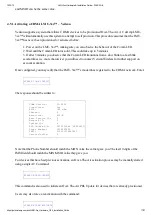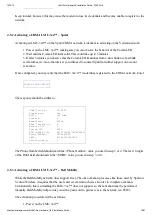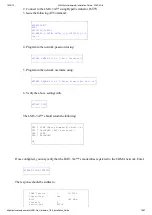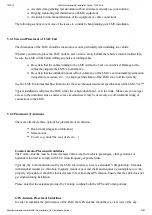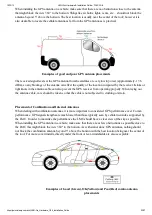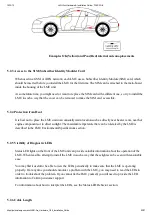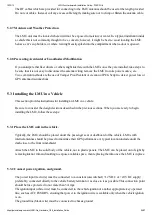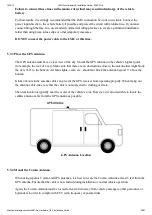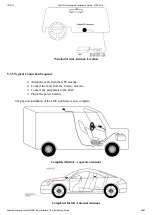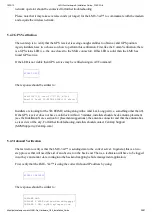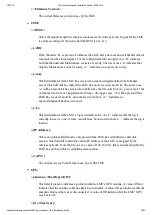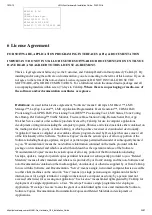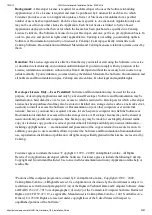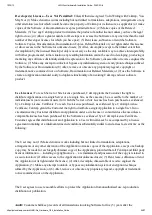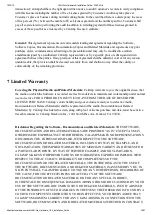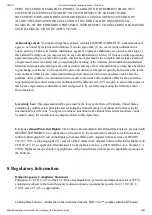
10/12/13
LMU-3xx Hardware & Installation Guide - PULS Wiki
https://puls.calamp.com/wiki/LMU-3xx_Hardware_%26_Installation_Guide
29/37
INBOUND 1 ADDR 0.0.0.0:20500
INBOUND 1 URL
INBOUND 2 ADDR 0.0.0.0:20500
INBOUND 3 ADDR 0.0.0.0:20500
The installer will need to verify with a backend technician that the, URL (myURL.myCompany.com ), IP
address (ddd.ddd.ddd.ddd) and port (<ppppp>) are correct.
The second step is to verify that the LMU-3xx™ is sending data. The best way to do this is to force the
LMU-3xx™ to send in an unacknowledged Event Report (i.e., its current GPS location) with the following
command:
AT$APP PEG SUNRPT 255
The LMU-3xx™ will respond with: OK
The backend monitor must then be contacted to confirm that they received an Event Report with Event Code
255.
Assuming that all three sections have passed, the installation can be considered to be complete.
5.4.4 Verification via SMS
The current Comm, GPS and Inbound status of a GSM LMU can be obtained via SMS provided you have
access to an SMS capable phone or PDA.
Using your handset, send the following SMS Message to the LMU:
!R0
Within a few minutes, the LMU should return a response in the following format:
APP: <App ID> <Firmware Version>
COM:<RSSI> [./d/D][./a/A][./L][IP address] [<APN>]
GPS:[Antenna <Short/Open/Off>] | [No Time Sync] | [<FixStatus> <Sat Count>]
INP:<inputs states> <vehicle voltage>
MID:<mobile ID> <mobile ID type>
INB:<inbound IP address>:<inbound port> <Inbound Protocol (LMD/LMX)>
APP:
o <App ID>:
The Application ID value of the LMU indicating the host platform and the wireless
networking technology of the LMU.



